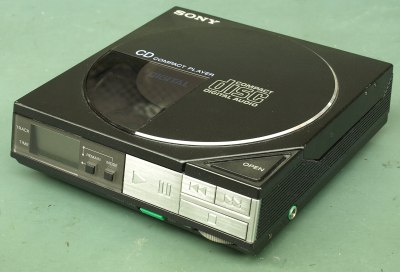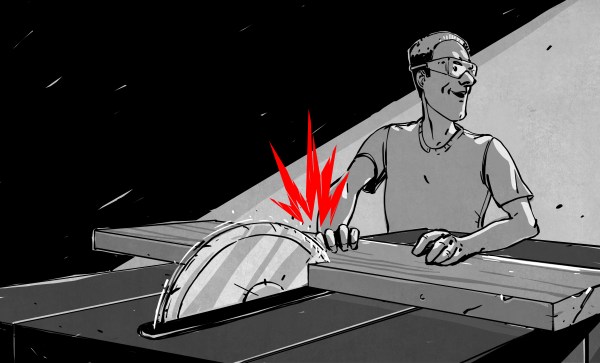Early Monday morning, while many of us will be putting the finishing touches — or just beginning, ahem — on our Christmas preparations, solar scientists will hold their collective breath as they wait for word from the Parker Solar Probe’s record-setting passage through the sun’s atmosphere. The probe, which has been in a highly elliptical solar orbit since its 2018 launch, has been getting occasional gravitational nudges by close encounters with Venus. This has moved the perihelion ever closer to the sun’s surface, and on Monday morning it will make its closest approach yet, a mere 6.1 million kilometers from the roiling photosphere. That will put it inside the corona, the sun’s extremely energetic atmosphere, which we normally only see during total eclipses. Traveling at almost 700,000 kilometers per hour, it won’t be there very long, and it’ll be doing everything it needs to do autonomously since the high-energy plasma of the corona and the eight-light-minute distance makes remote control impossible. It’ll be a few days before communications are re-established and the data downloaded, which will make a nice present for the solar science community to unwrap.
Slider4812 Articles
Subchannel Stations: The Radio Broadcasts You Didn’t Know Were There
Analog radio broadcasts are pretty simple, right? Tune into a given frequency on the AM or FM bands, and what you hear is what you get. Or at least, that used to be the way, before smart engineers started figuring out all kinds of sneaky ways for extra signals to hop on to mainstream broadcasts.
Subcarrier radio once felt like the secret backchannel of the airwaves. Long before Wi-Fi, streaming, and digital multiplexing, these hidden signals beamed anything from elevator music and stock tickers to specialized content for medical professionals. Tuning into your favorite FM stations, you’d never notice them—unless you had the right hardware and a bit of know-how.
Continue reading “Subchannel Stations: The Radio Broadcasts You Didn’t Know Were There”
Human Civilization And The Black Plastic Kitchen Utensils Panic
Recently there was a bit of a panic in the media regarding a very common item in kitchens all around the world: black plastic utensils used for flipping, scooping and otherwise handling our food while preparing culinary delights. The claim was that the recycled plastic which is used for many of these utensils leak a bad kind of flame-retardant chemical, decabromodiphenyl ether, or BDE-209, at a rate that would bring it dangerously close to the maximum allowed intake limit for humans. Only this claim was incorrect because the researchers who did the original study got their calculation of the intake limit wrong by a factor of ten.
This recent example is emblematic of how simple mistakes can combine with a reluctance to validate conclusions can lead successive consumers down a game of telephone where the original text may already have been wrong, where each node does not validate the provided text, and suddenly everyone knows that using certain kitchen utensils, microwaving dishes or adding that one thing to your food is pretty much guaranteed to kill you.
How does one go about defending oneself from becoming an unwitting factor in creating and propagating misinformation?
Continue reading “Human Civilization And The Black Plastic Kitchen Utensils Panic”
Upper Room UV-C Keeps Air Cleaner
2020 saw the world rocked by widespread turmoil, as a virulent new pathogen started claiming lives around the globe. The COVID-19 pandemic saw a rush on masks, air filtration systems, and hand sanitizer, as terrified populations sought to stave off the deadly virus by any means possible.
Despite the fresh attention given to indoor air quality and airborne disease transmission, there remains one technology that was largely overlooked. It’s the concept of upper-room UV sterilization—a remarkably simple way of tackling biological nastiness in the air.
Continue reading “Upper Room UV-C Keeps Air Cleaner”
Why Did Early CD-ROM Drives Rely On Awkward Plastic Caddies?
These days, very few of us use optical media on the regular. If we do, it’s generally with a slot-loading console or car stereo, or an old-school tray-loader in a desktop or laptop. This has been the dominant way of using consumer optical media for some time.
Step back to the early CD-ROM era, though, and things were a little kookier. Back in the late 1980s and early 1990s, drives hit the market that required the use of a bulky plastic caddy to load discs. The question is—why did we apparently need caddies then, and why don’t we use them any longer?
Caddyshack

The Compact Disc, as developed by Phillips and Sony, was first released in 1982. It quickly became a popular format for music, offering far higher fidelity than existing analog formats like vinyl and cassettes. The CD-ROM followed in 1985, offering hundreds of megabytes of storage in an era when most hard drives barely broke 30 MB. The discs used lasers to read patterns of pits and lands from a reflective aluminum surface, encased in tough polycarbonate plastic. Crucially, the discs featured robust error correction techniques so that small scratches, dust, or blemishes wouldn’t stop a disc from working.
Notably, the first audio CD player—the Sony CDP-101—was a simple tray-loading machine. Phillips’ first effort, the CD100, was a top-loader. Neither used a caddy. Nor did the first CD-ROM drives—the Phillips CM100 was not dissimilar from the CD100, and tray loaders were readily available too, like the Amdek Laserdrive-1. Continue reading “Why Did Early CD-ROM Drives Rely On Awkward Plastic Caddies?”
Tech In Plain Sight: Table Saw Safety
If you ask around a wood shop, most people will agree that the table saw is the most dangerous tool around. There’s ample evidence that this is true. In 2015, over 30,000 ER visits happened because of table saws. However, it isn’t clear how many of those are from blade contact and how many are from other problems like kickback.
We’ve seen a hand contact a blade in a high school shop class, and the results are not pretty. We’ve heard of some people getting off lucky with stitches, reconstructive surgery, and lifelong pain. They are the lucky ones. Many people lose fingers, hands, or have permanent disfiguration and loss of function. Surgeons say that the speed and vigor of the blade means that some of the tissue around the cut vanishes, making reconstruction very difficult.
Modern Tech
These days, there are systems that can help prevent or mitigate these kinds of accidents. The most common in the United States is the patented SawStop system, which is proprietary — that is, to get it, you have to buy a saw from SawStop.
Man Overboard Systems Aim To Increase Survival Rates At Sea
When you hear the cry of “Man Overboard!” on a ship, it’s an emergency situation. The sea is unkind to those that fall from their vessel, and survival is never guaranteed—even in the most favorable conditions. Raging swell and the dark of night can only make rescue more impossible.
Over the centuries, naval tradition has included techniques to find and recover the person in the water as quickly and safely as possible. These days, though, technology is playing an ever-greater role in such circumstances. Modern man-overboard (MOB) systems are designed to give crews of modern vessels a fighting chance when rescuing those in peril.
Continue reading “Man Overboard Systems Aim To Increase Survival Rates At Sea”

















